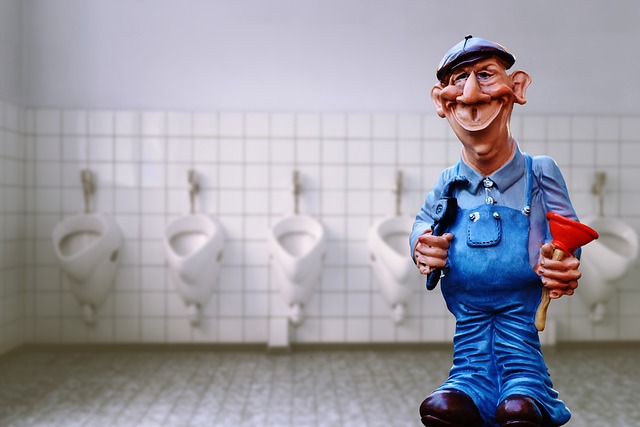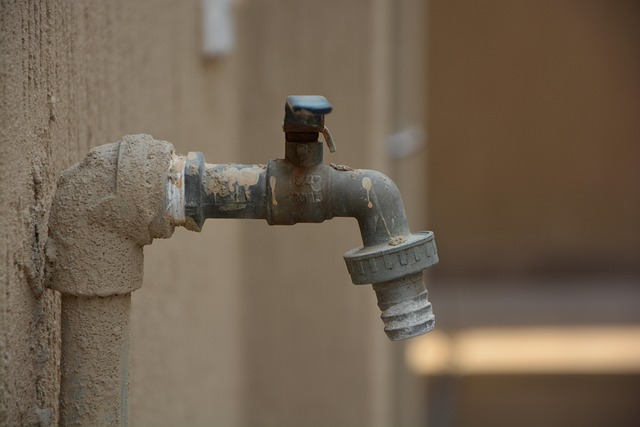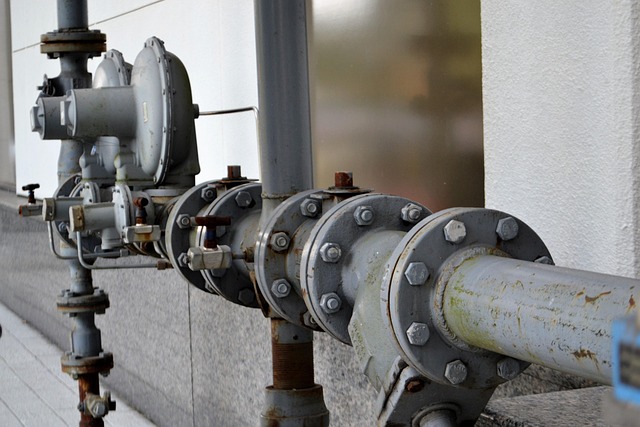Common plumbing issues like clogged drains, leaks, and water heater problems can cause significant damage and high utility bills. Prevention involves understanding root causes like grease buildup and foreign objects, along with regular cleaning and maintenance checks. Early detection through periodic inspections catches vulnerabilities before they escalate. Simple actions like using drain covers, maintaining air gaps, and quick fixes for minor issues reduce risk and ensure efficient plumbing operation, enhancing the living environment.
Preventing common plumbing issues is key to avoiding costly repairs and maintaining a hassle-free home. This comprehensive guide explores proactive strategies to keep your pipes in top shape. We delve into understanding the root causes of typical plumbing problems, offering practical tips for regular maintenance and quick fixes. By implementing these measures, you can minimize the occurrence of clogs, leaks, and other common plumbing issues, ensuring a smooth-running system year-round.
Understanding Common Plumbing Problems

Common plumbing issues can range from minor inconveniences to major disasters, causing significant damage and costly repairs. Understanding these common problems is the first step in prevention. Clogged drains and pipes are a frequent issue, often caused by grease buildup, hair, or foreign objects. Leaks, whether in faucets, toilets, or pipelines, are another prevalent concern, leading to water waste and increased utility bills. Water heater malfunctions, including temperature settings and potential tank corrosion, can also cause significant headaches. Additionally, low water pressure may indicate issues with pipes, valves, or water supply lines. By identifying these common problems, homeowners can implement preventive measures such as regular cleaning, maintenance checks, and prompt attention to unusual noises or changes in water quality.
Proactive Measures for Maintenance

Preventing common plumbing issues isn’t just about fixing problems as they arise; it’s equally about implementing proactive measures for maintenance. Regular inspection is key. Schedule periodic checks of your plumbing system to identify potential vulnerabilities before they escalate. This includes examining pipes for leaks, checking water pressure levels, and inspecting drains for blockages or signs of corrosion.
Simple yet effective preventive actions like using drain covers to catch hair and grease, avoiding flushing non-biodegradable materials down the toilet, and maintaining clear air gaps around plumbing fixtures can significantly reduce the likelihood of clogs and leaks. Remember, proactive maintenance not only saves you from costly repairs but also ensures your plumbing system operates efficiently, contributing to a more comfortable living environment.
Regular Checks and Quick Fixes

Regular checks are an effective way to prevent common plumbing issues from escalating. By scheduling periodic inspections, you can catch small problems early on before they turn into costly and time-consuming repairs. Simple tasks like checking for leaks around fixtures and pipes, inspecting toilets for any damage or unusual noises, and clearing drains of hair and grease buildup can go a long way in maintaining optimal plumbing health.
Quick fixes are also crucial in preventing common plumbing issues. Addressing minor problems promptly, such as repairing dripping taps, unclogging drains with baking soda and vinegar, or replacing worn-out washer rings, can save you from more serious and expensive complications down the line. These small but timely interventions ensure your plumbing system operates efficiently, minimizing the likelihood of unexpected disruptions.
By understanding common plumbing issues and taking proactive measures, you can significantly reduce the likelihood of unexpected disruptions. Regular checks and quick fixes are essential tools in your maintenance arsenal. Stay ahead of potential problems by implementing these simple yet effective strategies to ensure a smooth and stress-free plumbing experience.
